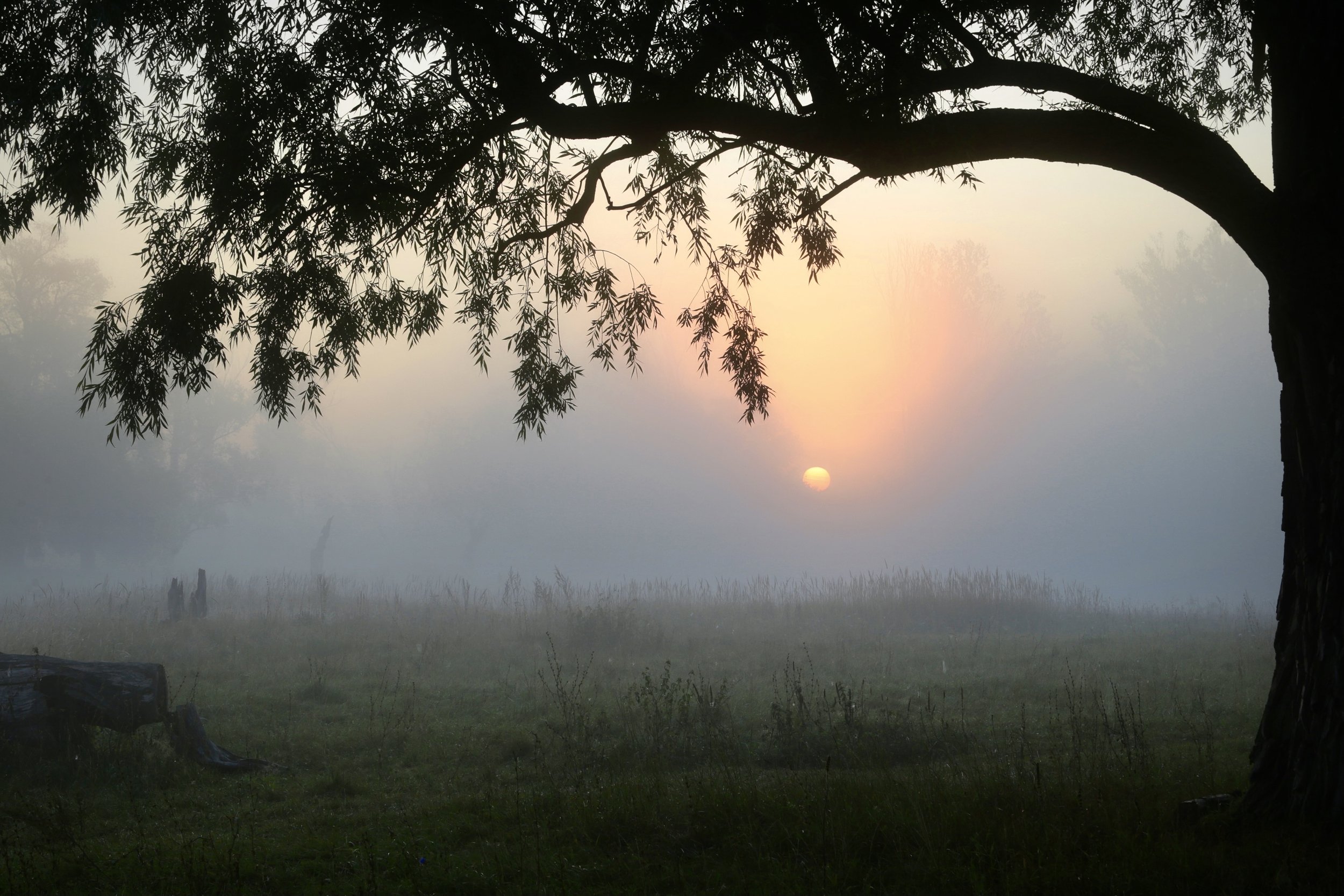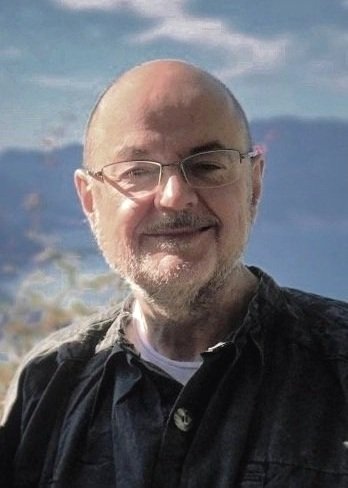California House: afternoon light in northeast corner.
With a geometry of sunbeams the soul lays the foundations of nature.
Ralph Waldo Emerson, "Intellect"
Dear friends,
There are now fifty-one days until the end of the year. Actually, fifty. My Monday report comes on a Tuesday this week, with my apologies. But I cry foul on account of a failing computer.
We never had a computer or smartphone before we emerged from Innermost House those years ago. The deeper you are anchored at the heart of the woods, the more perilous to life is the buoyancy of the Cloud. It is enough to positively give you the bends. I confess I have often felt since the dizziness of life up here in the sky.
Still, one adapts. I surrendered to yet another computer yesterday. Over the course of the last decade I have had a variety of hand-me-down laptops, often as gifts from a well-wisher. I use one until it dies of old age, at about six or seven years. Then I get another. The lifespan of high technology presents a counterpoint to the forest trees amongst which we formerly lived, which were still young at a century or two or older.
The Ghost in my late Machine left its body last week. This was an inconvenience. I am like everyone else, I have become dependent on this thing for my connection with the outside world. It is a great question whether we all communicate now by way of the Harmonies of the World, or whether our minds have simply evacuated our bodies.
Once again last week Jeff Klee and I were occupied with questions of dimension, most particularly, with the lingering question of overall framing size. We have wobbled a bit back and forth between external dimensions of 14 and 12 feet on a side, and between a square or rectangular configuration.
At 14 by 12 feet, the original California house was as large to the inch as we could possibly make it and still squeeze between the 150-year-old live oak before us and the curving foot of the steep hillside that rose behind us and on both sides. The only other prescribed dimensions were dictated by the position of the two chairs in relation to each other, and their relation to the books and the fire. Those dimensions had been developed over the course of two decades and twenty moves before Innermost House.
Thus, the house was designed by the tree and the hill and the chairs and the books and the fire. There were no building plans. We were entirely surprised when we reduced the house to plans after the fact to discover that it reproduced seven nearly perfect golden sections. The "golden section" is a principal unit in what is sometimes called "sacred geometry." The idea that certain geometrical patterns of nature and art conform to an underlying idea in the mind of God is an ancient one, most often associated with Pythagoras, Plato, Kepler, and medieval Christianity in the West; and in the East, with Hinduism, Buddhism, and Taoism; and with ancient Egypt and Islam.
The golden section or ratio has fascinated artists, architects, and mathematicians for millenia. Mathematically, it is intimately related to the endlessly fecund Fibonacci sequence, to the transcendental number , and to the archetypal conundrum of squaring the circle. Artistically, it is connected to everything from the architecture of Vitruvius and Alberti and Le Corbusier, to the proportions of book pages in medieval manuscripts, to the dodecahedrons of Leonardo to the Last Supper of Salvador Dali.
For our part, however, we cannot credit the emergence of all those golden sections in the California House to any conscious design. Unless, that is, one credits consciousness to trees and hillsides and fires. That is another question, of course, and one well worth pursuing. But not when I am already a day tardy with my update. The fact is, our golden proportions simply appeared after we were finished.
In like way, we have struggled with the overall dimensions of the Virginia House. Bodily proportions and historical precedent--along with the unaltered relation of chairs, books, and fire--determine that 12 feet on a side is the bare minimum dimension, and 14 feet the maximum required. We knew from long experience that 14 feet across the front leaves not an inch to spare when one considers the futon mat in the sleeping loft above, so the only question was the depth of the gable dimension. Last week we reexamined our possible uses and compared them with African and English precedent in the region, then decided for good on a 14-foot square.
We did so with a certain sense of loss, I allow, for the new shape compelled us to surrender those beautiful golden sections we had formerly stumbled into. Within a day of doing so, however, I realized that we had only exchanged one mathematical godsend for another, and that we had stumbled this time into three perfect squared circles in plan. A day after that I realized that the resulting taller roof had spontaneously generated four perfect golden sections in exterior elevation. Eureka!
I am not certain any of that would have happened if my computer had not died and I been reduced to my good old pencil and drawing pad. Perhaps there are Harmonies at work as much in our losses as in the triumphs of our lives.
Yours with pleasure,
Michael
The Innermost House Foundation is an entirely volunteer organization
dedicated to renewing transcendental values for our age.
IMAGES
D. Lorence, IH I: Afternoon Light, NE Corner
Adobe Stock, chakisatelier: “Golden Section on Black”
QUOTATIONS
“With a geometry of sunbeams. . .” Ralph Waldo Emerson, "Intellect"
















